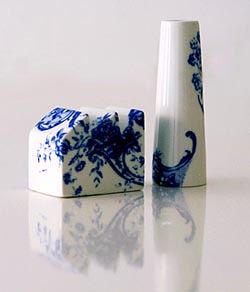by Stefano Caggiano
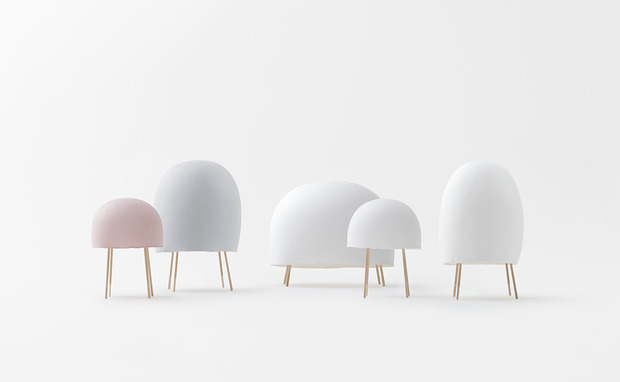
Everyday objects shape our lives into cognitive patterns. Often, however, these objects are ill-designed. Design thinking is then called in to untangle the not-always-coherent running of our object-related routines. However important, this design thinking—or making user-experience more seamless—cannot solve all problems. The greater meaning of an object experience has at least as much importance as the function in the perceived quality of design. That said, next to design thinking we should then take into consideration “design feeling,”—the ability to tune objects with socio-cultural contexts.
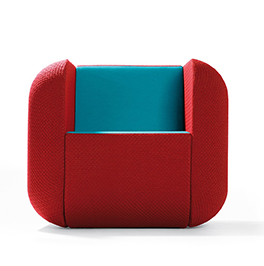
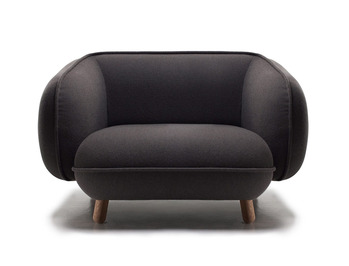
Objects like “Up,” a lamp that can be adjusted by rotating the shade designed for Muuto by the Swedish designer Mattias Ståhlbom from TAF Architects, or “Apps” by the well-known Dutch designer Richard Hutten for Artifort, as well as the “Basset” armchair designed by Iskos-Berlin for Versus, are indeed aligning with the intangible feeling of our time. Each piece provides perceptible shapes embodying a transition—the one from the more tangible reality of our past to the digital inconsistency defining out future. This manifests as mild-looking and cozy instead of unsettling and perceptively confused.

The experience of the byte-stuffed air is a socio-cultural undertone that has merged with another experience influencing design: dematerialization. The global economic crisis, caused by the split-up between real objects and abstract money, lends itself to this. In fact, you can see how this reflects on all visible culture. It is because of this imperceptible but sensibly ubiquitous uncertainty that many people welcome perceptive reassurance of objects characterized by soft bends and light-porous colors.
This current design theme could be named “neo-transitional objects,” after the concept of the “transitional object” originally coined by psychologist Donald Winnicott, which refers to teddy bears and Linus’ blankets that help children gradually set apart from their mother and become individual people. Neo-transitional objects are pieces such as the “Mega” series by Chris Martin for Massproductions or the beautiful Haiku sofa designed for Fredericia by GamFratesi, the Copenhagen-based studio founded by Danish architect Stine Gam and Italian architect Enrico Fratesi, who perfectly balance Italian expressiveness with Nordic strictness.
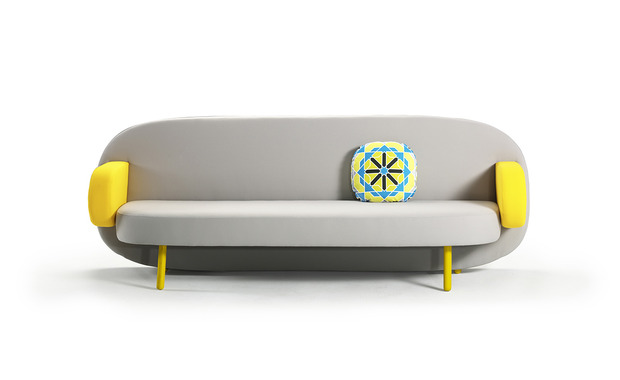
The famous Italian designer Luca Nichetto is good at laying weightless lines on objects that are so well-shaped that they sublimate. This is visible in the “Stewie” lamp for Foscarini and even better in the cozy-colored “N=N” collection designed with Oki Sato, leader of the world-famous Japanese studio Nendo. Designer Karim Rashid has recently softened tones in the Float sofa for Sancal. These soft-drawn, smooth-conceived pieces of furniture pervade people’s lives with a sort of cognitive kindness that offers a welcoming way to cope with the uncertain reliability of the digitally-weakened reality. Providing objects layered with aesthetic means making people feel at home in a world of increasing intangible complexity.
For a closer look at the aforementioned furniture, see the slideshow.
Images courtesy of the respective studios
